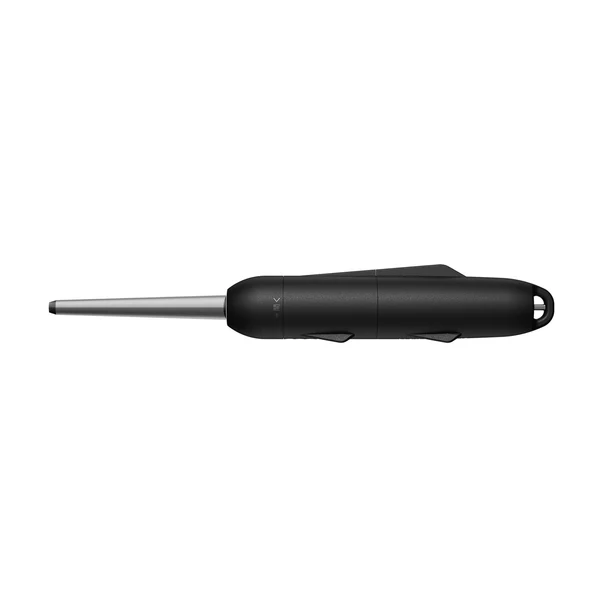When it comes to freshwater fishing, choosing the right lure can significantly impact your success. Among the myriad of options available, crankbaits and jerkbaits are two popular choices that every angler should understand. This article delves into the crankbait vs jerkbait debate, highlighting their unique characteristics, techniques, and best use cases.

What is a Crankbait?
A crankbait is a hard-bodied lure designed to mimic the movement of baitfish. Typically, these lures are characterized by their rounded bodies and a diving lip that allows them to swim at various depths. Crankbaits are versatile and can be used in different water conditions, making them a staple in many anglers' tackle boxes.
- Depth Control: Crankbaits can be designed to dive deep or stay shallow, depending on the fishing conditions.
- Retrieve Speed: They are effective at various retrieve speeds, allowing anglers to adapt to fish activity levels.
- Color and Pattern: Available in numerous colors and patterns, crankbaits can match local forage effectively.
What is a Jerkbait?
In contrast, a jerkbait is a slender, often suspending lure that is designed to be jerked through the water. This technique creates a darting motion that can trigger predatory fish to strike. Jerkbaits are particularly effective in cooler water temperatures when fish are less active.
- Action: The erratic movement of jerkbaits mimics injured baitfish, making them irresistible to predators.
- Suspending Feature: Many jerkbaits are designed to suspend in the water column, allowing for a longer presentation time.
- Technique: Jerkbaits require a specific retrieve technique, often involving pauses and twitches to entice bites.
Crankbait vs Jerkbait: When to Use Each
Understanding when to use a crankbait versus a jerkbait can be crucial for a successful fishing trip. Here are some guidelines:
- Water Temperature: Use crankbaits in warmer water when fish are more active, while jerkbaits are ideal for cooler conditions.
- Cover Type: Crankbaits excel in covering large areas quickly, making them suitable for open water, whereas jerkbaits are better for targeting specific structures.
- Fish Behavior: If fish are aggressively feeding, crankbaits can be more effective. Conversely, if fish are lethargic, jerkbaits may provoke a reaction.
Conclusion: Mastering the Crankbait vs Jerkbait Techniques
In conclusion, both crankbaits and jerkbaits have their unique advantages and applications in freshwater fishing. By understanding the key differences and employing the right techniques, anglers can enhance their fishing experience. Whether you prefer the steady retrieve of a crankbait or the dynamic action of a jerkbait, mastering these lures will undoubtedly improve your catch rate.
For those looking to expand their tackle collection, consider checking out the for innovative options that can elevate your fishing game.

